What happens when an underground electric line is hit
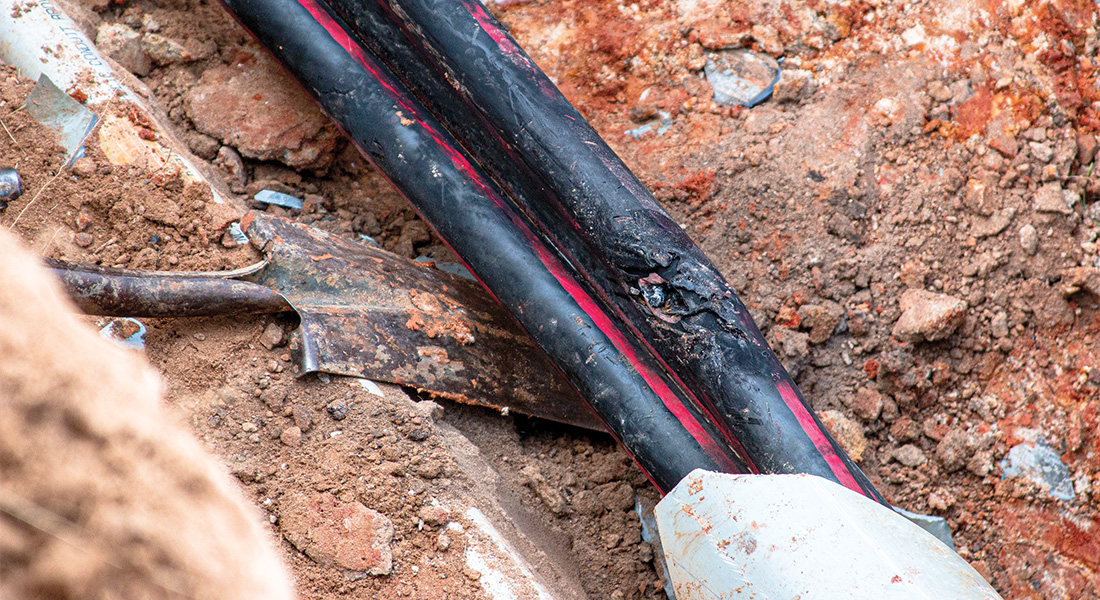
CoServ Employees work hard every day to deliver reliable and affordable electricity to our Members.
Sometimes, events happen beyond our control – but even then, redundancies in our system, quick thinking by our system operators and hard work by our linemen and contractors minimizes the impact on our Members.
On a Friday night in September, a construction worker accidently hit an underground electric line, knocking out power to about 1,500 Members.
Here's a breakdown of how CoServ System Operators and Linemen were able to restore power to our Members and allow contractors to safely make the necessary repairs.
The Supervisory Control and Data Acquisition (SCADA) sent an alert to CoServ’s system operators that there was an outage on one of the feeders from a substation. They quickly discover that an excavator unrelated to CoServ was digging a trench when it hit our electric line.
Less than 40 minutes later, CoServ operations crews had power restored to all Members by rerouting power on redundant power lines, a process known as backfeeding in the utility industry. But the work to repair the broken line had just started.
- Contractors from Texas State Utilities (TSU) arrive on the scene to start digging around the damaged line. There are actually three high-voltage lines (called phases) inside one plastic conduit.
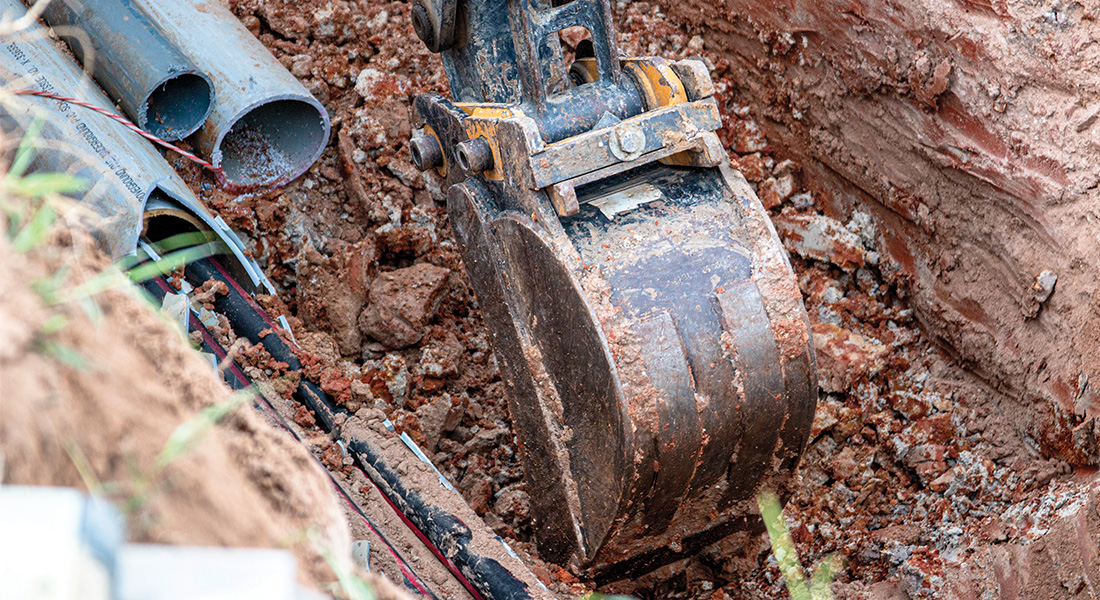
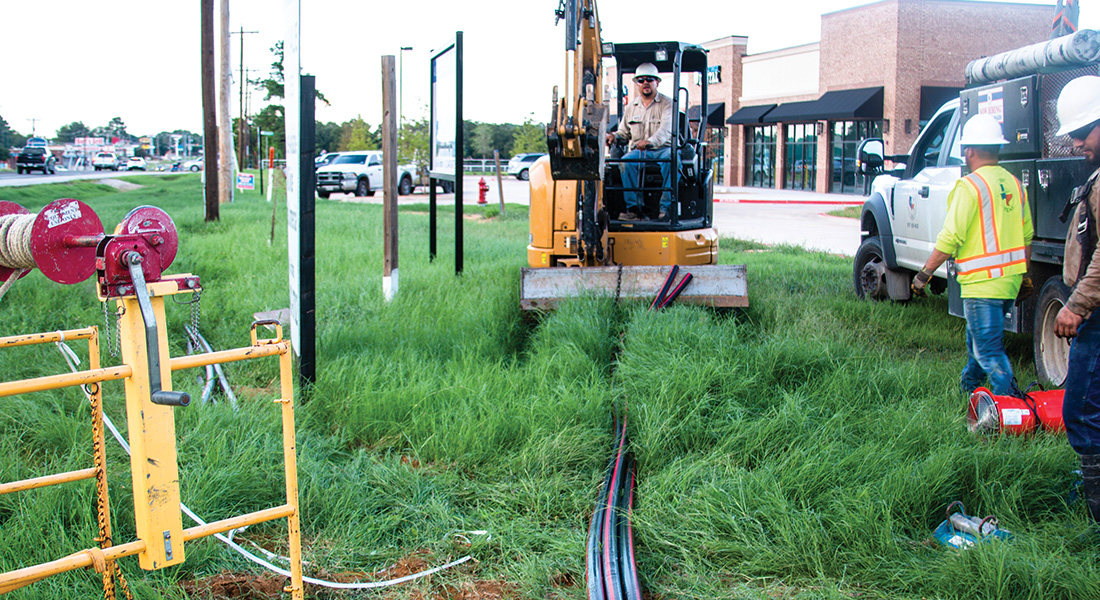
- At a manhole to the north, another crew chains the three lines to a tractor and starts pulling them out. All three lines must be replaced, each one measuring about 1,200 feet in length.
- Before the old wires were removed, a rope was tied to the end and now runs the length of the conduit. That rope will now be used to pull the new electric lines through the 1,200-foot conduit.
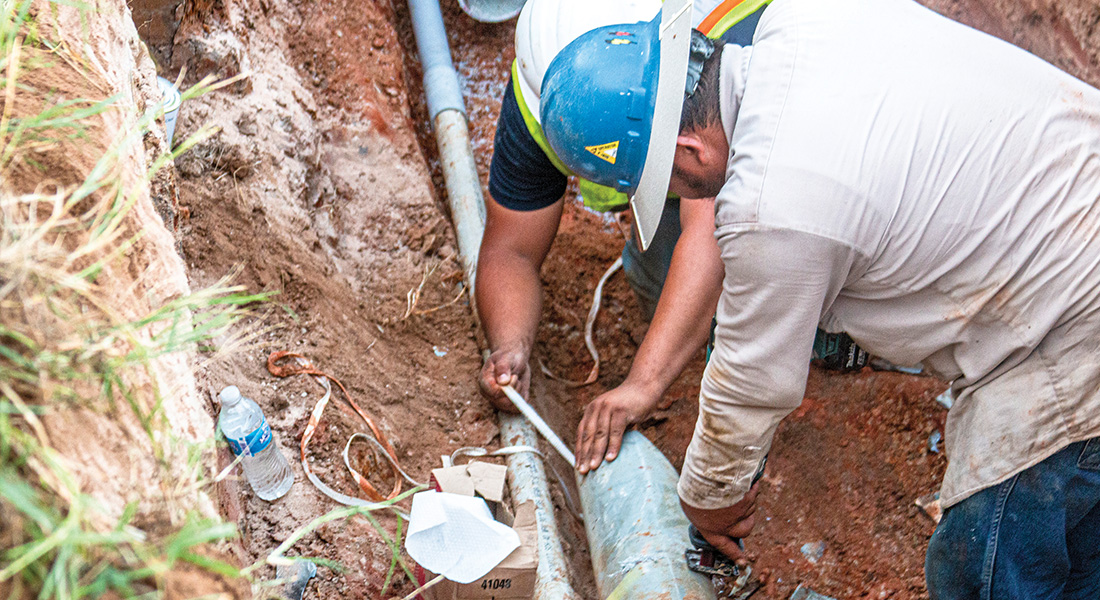
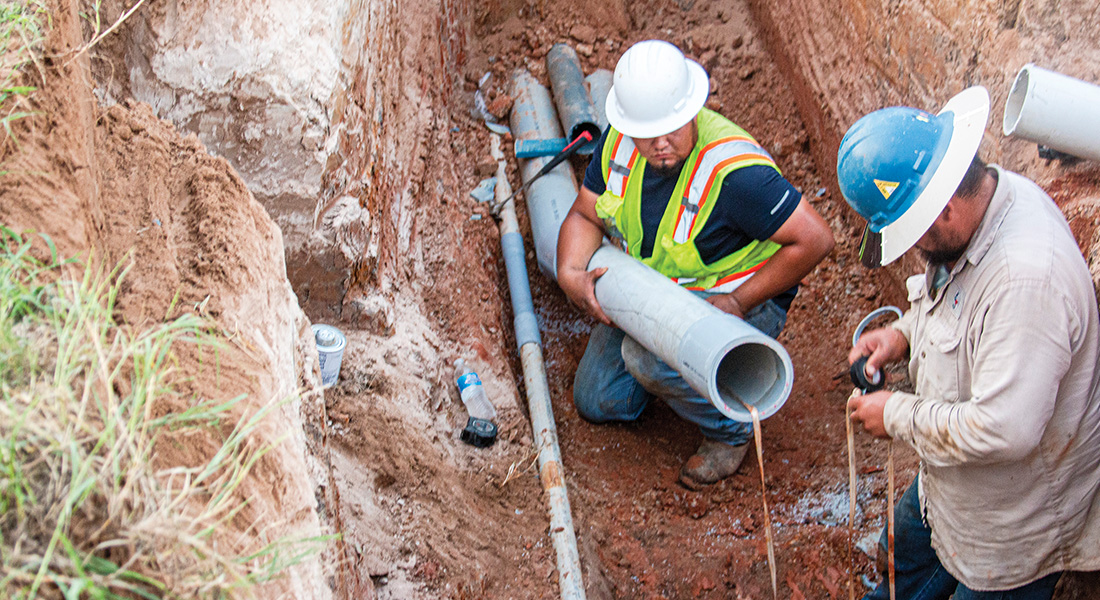
- Back in the trench, the broken conduit has been removed. Workers start readying a new conduit section that will fill in the gap.
- The new lines are tied into the system at both ends and power will flow normally again. Though the work to repair the line lasted into the night, Members only had a short 40-minute disruption of service.
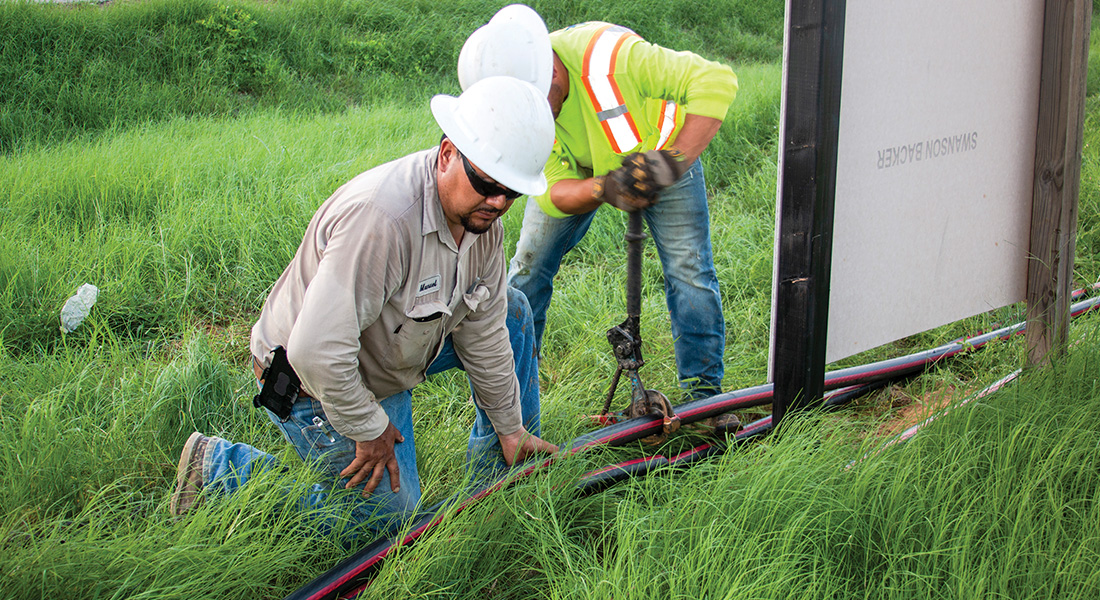
This is just another example of how CoServ’s redundant, high-tech system provides reliable service to Members while the teamwork between our Employees and contractors make permanent repairs as safely and quickly as possible.
What is SCADA?
CoServ’s advanced SCADA system is like a nervous system for CoServ’s electric infrastructure. It alerts CoServ’s System Operators if there’s a problem and, typically, can narrow down the source of the problem so crews know where to go.
Why does this circuit have three cables?
This is a three-phase circuit where each line has its own alternating current. Three phases are needed to supply power to commercial and industrial Members. The use of three cables allows CoServ three times the capacity as a single phase to supply power to residential Members as well.
What is backfeeding?
Most of CoServ’s system has redundancies so if one line goes down, System Operators, along with linemen in the field, can reroute electricity to isolate the problem area for repairs while also restoring power to as many Members as possible. It’s much like a roadway detour during construction.
